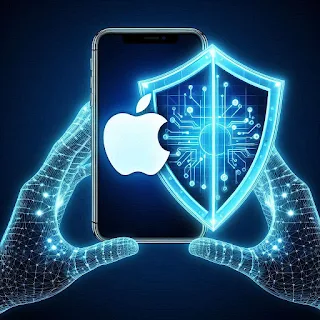Best Practices for Data Protection on iOS
- Enable EncryptioniOS automatically encrypts data when you set a passcode. Ensure you use a strong alphanumeric passcode for enhanced security.
- Use Face ID or Touch IDBiometric authentication adds an additional layer of protection, making it harder for unauthorized users to access your device.
- Install Updates RegularlyApple releases frequent updates that include security patches. Keeping your iOS device up to date helps prevent vulnerabilities.
- Manage App PermissionsCheck and adjust app permissions regularly to restrict unnecessary access to your data, like location and camera.
- Secure Your Apple IDUse two-factor authentication (2FA) for your Apple ID to prevent unauthorized access to iCloud and associated services.
- Avoid Public Wi-FiWhen using public networks, ensure you use a VPN to encrypt your connection and keep your data private.
- App Store ExclusivityDownload apps only from the App Store to minimize the risk of malware.
Final Thoughts
While iOS provides strong built-in security features, user vigilance is paramount. By implementing these best practices, you can significantly enhance the safety of your confidential data and enjoy peace of mind when using your iOS device.












